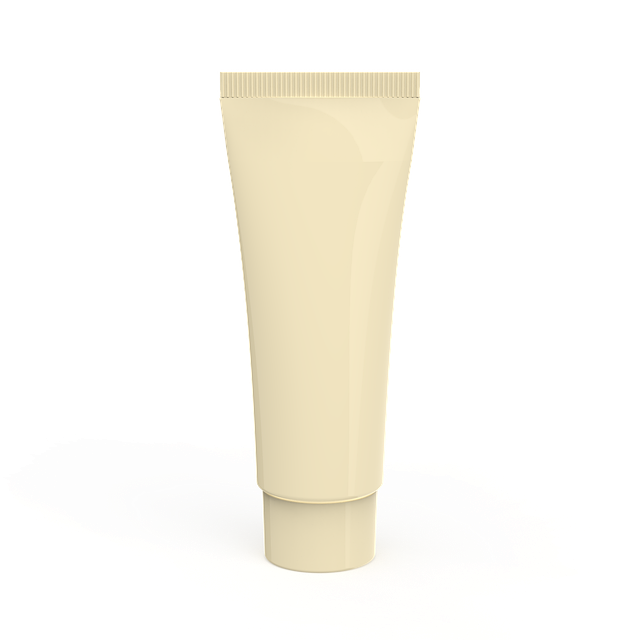Skin tags, known as acrochordons, are benign skin growths that often appear on areas of the body experiencing friction, particularly among individuals aged 40 to 60 but can occur at any age. These tags are made up of collagen, fibrous tissue, and blood vessels, and while they are generally harmless, they can become irritated or infected if ignored. In Bristol, both professional removal services and home remedies are available for skin tag treatment. Professional clinics like Bristol Skin Tag Removal offer safe and effective treatment options under medical supervision, which is recommended to prevent complications. For those preferring home treatments, methods such as tea tree oil, apple cider vinegar, or cryotherapy with liquid nitrogen are options, but they must be handled with care and safety precautions taken, especially by individuals with immune concerns or on specific medications. Home remedies should not replace professional medical advice in the event of adverse reactions or signs of infection. Bristol residents considering home treatments should ensure they follow all safety protocols for effective and safe outcomes. Always prioritize your health and consult a healthcare provider when necessary.
Considering the curiosity surrounding skin tag removal, this article aims to provide comprehensive insights into the subject. From understanding what skin tags are and their characteristics to exploring both home remedies and professional treatment options available in Bristol, we delve into various approaches for safe and effective removal. We’ll guide you through post-removal care, frequently asked questions, and a comparison of DIY versus clinical methods. Financial implications, legal considerations, and the role of a dermatologist are also covered to ensure informed decision-making. Additionally, we’ll explore topical solutions, the importance of sterilization, real patient experiences with Bristol skin tag removal, prevention strategies, and the latest advancements in technology for optimal results. Whether you’re considering a DIY approach or seeking professional advice, this article is designed to equip you with the knowledge necessary for making the best choice for your skin health.
- Understanding Skin Tags: An Overview of What They Are and Their Characteristics
- Safe and Effective Home Remedies for Skin Tag Removal: A Guide to DIY Methods
Understanding Skin Tags: An Overview of What They Are and Their Characteristics

Skin tags, also known as acrochordons, are small benign skin growths that typically occur on areas of the body where there is friction or rubbing, such as under the arms, around the groin, on the neck, and under the breasts. These harmless lesions are composed of collagen, fibrous tissue, and blood vessels, and often resemble a piece of hanging skin. In Bristol, as in many other locations, individuals seeking removal of these growths may consider professional services like those offered by Bristol Skin Tag Removal clinics. These entities provide safe and effective removal options under medical supervision. It’s important for individuals to understand that while skin tags are generally harmless, they can sometimes become irritated or infected due to shaving or clothing friction. Therefore, considering professional assistance ensures the best outcomes and addresses any concerns regarding appearance or health. The characteristics of skin tags typically include a soft, flexible stalk with a colon-like shape, often ranging from 2 millimeters up to 5 centimeters in size. They are most commonly found on individuals aged between 40 to 60 years old but can appear at any age. Recognizing the signs of skin tags and understanding their nature is crucial for distinguishing them from other skin growths, which may require different medical attention. For those considering removal, it’s advisable to consult with healthcare professionals, especially given the availability of specialized services like Bristol Skin Tag Removal. This ensures that the procedure is performed safely and effectively, minimizing any potential risks and ensuring optimal results.
Safe and Effective Home Remedies for Skin Tag Removal: A Guide to DIY Methods

When considering skin tag removal, it’s crucial to prioritize safety and effectiveness, especially when exploring home remedy options. For those in Bristol looking for DIY solutions, a variety of natural methods can be employed to address these benign growths without the need for professional medical intervention. One popular method involves the application of tea tree oil, known for its antiseptic properties, which can help to dry out the skin tag and eventually cause it to fall off naturally. Another home remedy is the use of apple cider vinegar, applied with a cotton ball, which breaks down the cells of the skin tag over time. This should be done cautiously, as it can cause irritation or scarring if not handled correctly. Additionally, freezing with liquid nitrogen, a technique sometimes referred to as cryotherapy, can be performed at home using specialized kits available online. These kits allow for precise application of cold temperatures to target the skin tag, causing it to freeze and eventually drop off. It’s imperative to follow the instructions carefully and ensure proper sterilization of equipment to minimize the risk of infection.
For those in Bristol seeking a safe and effective home remedy for skin tag removal, it’s essential to approach the process with due diligence. Always begin with a patch test to ensure that the chosen treatment does not cause an adverse reaction on your skin. Moreover, if any discomfort or signs of infection arise during the process, it’s advisable to cease the treatment and consult a healthcare professional for safe removal. While home remedies can be appealing for their convenience and cost-effectiveness, they are not universally suitable for everyone, and personal safety should always be the top priority. Professional advice is recommended for individuals with compromised immune systems, those on certain medications, or anyone with concerns about their specific condition.
When addressing skin tags, it’s crucial to differentiate between safe removal methods and those that could pose health risks. For residents of Bristol seeking skin tag removal, understanding the options available is key. This article has covered the characteristics of skin tags and provided insights into both medical and home remedy approaches for their removal. While certain home remedies can be effective, it’s important to approach self-treatment with caution and knowledge. For those considering DIY methods, the guide on safe and effective home remedies offers valuable advice to ensure the best outcomes without compromising skin health. Ultimately, consulting a healthcare professional for any skin tag concerns remains the most prudent step for personalized and verified treatment options.
